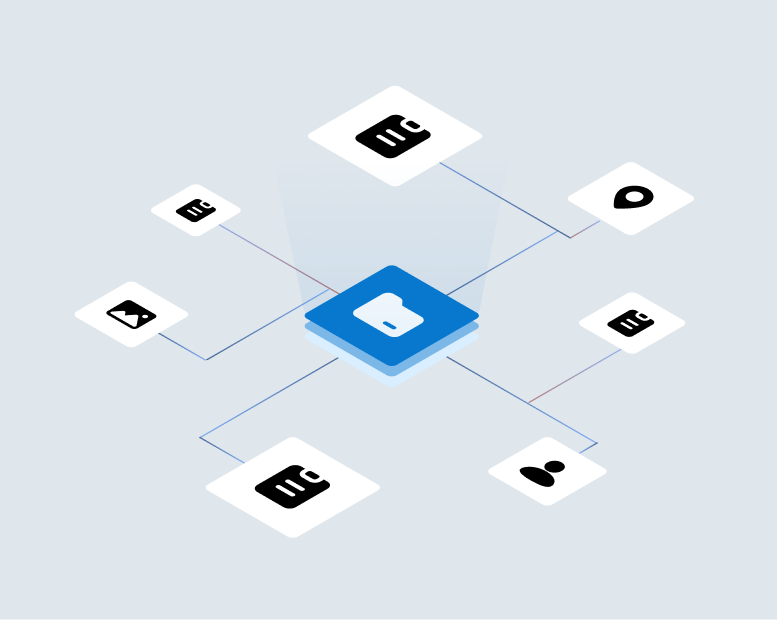If this article is any indication, personal lines carriers have no idea how to eliminate algorithmic bias from their AI/Machine Learning risk scoring solutions. P&C Specialist writer Abriana Gonzalez does an excellent job of getting a wide range of commentary from major carriers but the answer she gets is essentially the same: “we’ll try really hard to not be biased”. Sometimes they put it into consultant-speak: “we’ve created a ‘framework’ to eliminate bias” and other times they simply say that they’ll “monitor” themselves to make sure that they aren’t being biased.
Unfortunately, none of these “we’ll try” strategies offer much protection against the inevitable disparate impact result. We say ‘inevitable’ because we (and all these carriers) know that risk – particularly but not solely in auto – is highly correlated with location, age, education level and other factors that correlate systematically with race and other protected categories. Indeed, we have just seen a huge controversy over the US Supreme Court’s recent ruling banning Affirmative Action policies expressly designed to counteract these pervasive systematic differences.
What’s needed: risk selection validation.
What carriers need is the ability to tie their risk scores to concrete risk issues that can be addressed with the customer during insurance application sessions. For example, customers that return high AI/ML risk scores often have material data conflicts or ambiguities that allow carriers to engage them in a resolution process.
A good example would be a customer who asked for quotes that included a high-risk driver and then submitted an application that did not include that driver. In our models this would be an indicator of elevated risk. But the score is not the end of the process. Instead, our idFusion Risk Selection platform engages the customer/agent in a virtual session to address the missing drivers and give the customer the opportunity to mitigate the risk by either including or explicitly excluding them from the policy. We find that high risk customers simply abandon their applications to find a carrier that doesn’t ask this question, while the customers that remain and resolve specific issues tend to be better than average customers, incurring lower loss ratios and claims frequency than customers with lower risk scores.
Furthermore, we’ve identified this ‘bad guys run; good guys stay’ behavior on a range of specific, detectable risks.
Thus, the combination of our idTrustmarkTM Risk Score and our specific risk detection and resolution workflow achieves the goal of avoiding bad risks but does so in way that radically reduces the potential for disparate impact problems.
Which makes sense to us because one of VeracityID’s most important goals has always been to help insurance carriers ‘find good risks in tough places’. And to do that you need more than a model.
VeracityID offers idFusionTM: an automated risk selection toolset that allows business teams to detect and rapidly compose highly targeted solutions to stop hundreds of different errors, premium leaks, and frauds – all before a new risk is bound. idFusion integrates seamlessly with personal auto and homeowners core systems.


